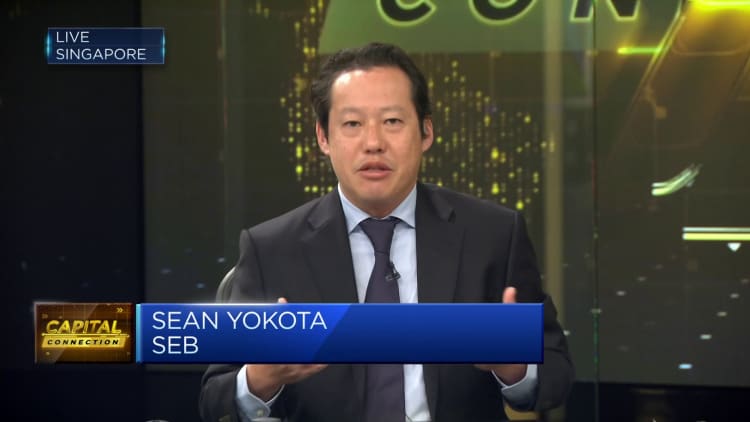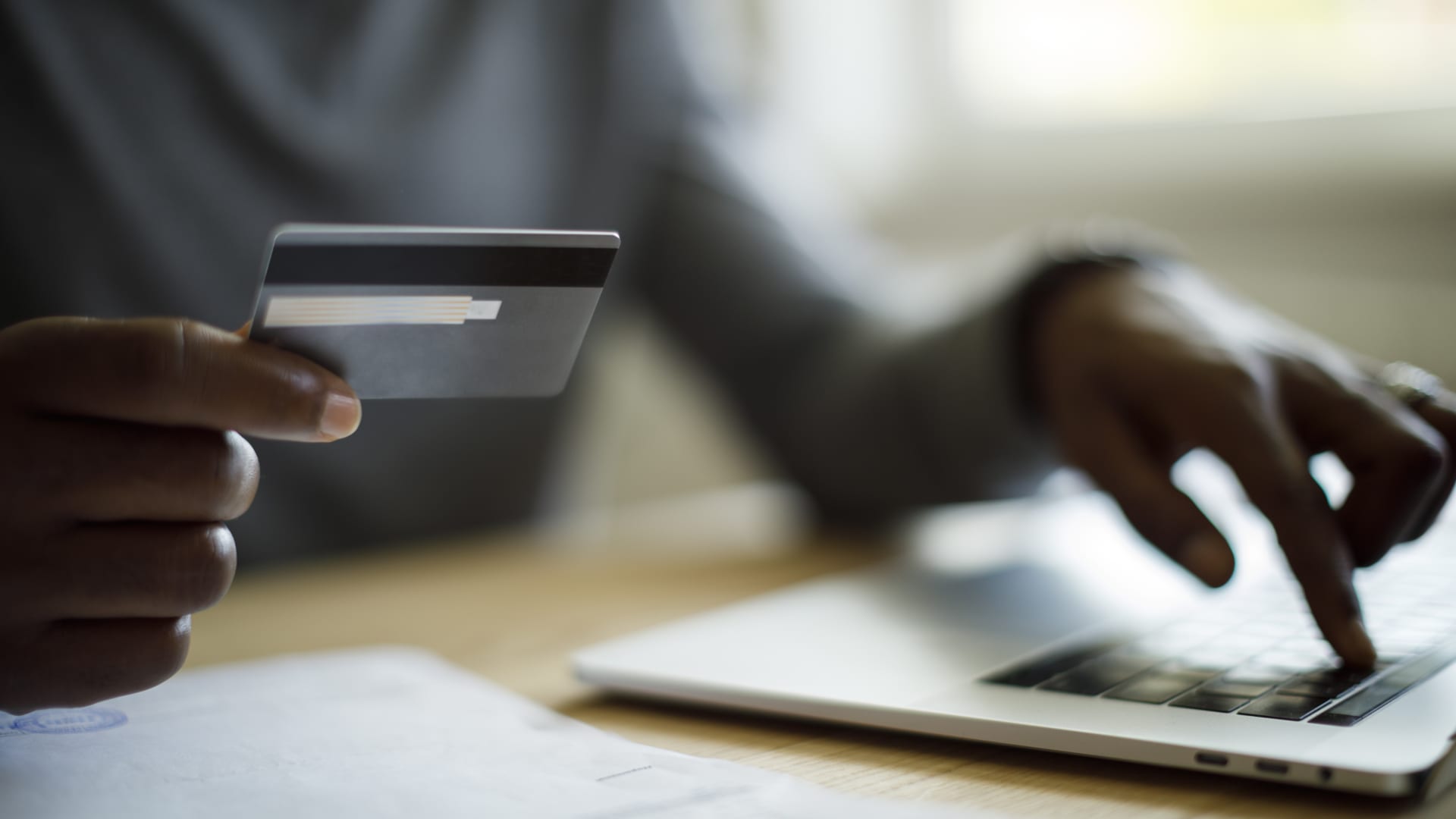damircudic | E+ | Getty Images
The Federal Reserve is likely to temporarily pause its aggressive interest rate hikes when it meets next week, experts predict. But consumers may not see any relief.
The central bank has raised interest rates 10 times since last year — the fastest pace of tightening since the early 1980s — only to see inflation stay well above its 2% target.
“We are living in uncharted territory,” said Charlie Wise, senior vice president and head of global research and consulting at TransUnion. “The combination of rising interest rates and elevated inflation, while not uncommon from a historical perspective, is an unfamiliar experience for many consumers.”
“A pause is not going to make things better,” he added.
More from Personal Finance:
Even as inflation rate subsides, prices may stay higher
Here’s the inflation breakdown for April 2023, in one chart
Who does inflation hit hardest? Experts weigh in
Although the Fed’s rate-hiking cycle has started to cool inflation, higher prices have caused real wages to decline. That’s squeezed household budgets, pushing more people into debt just when borrowing rates reach record highs.
Even with a pause, “interest rates are the highest they’ve been in years, borrowing costs have gone up dramatically and that isn’t going to change,” said Greg McBride, chief financial analyst at Bankrate.com.
Here’s a breakdown of how the benchmark rate has already impacted the rates consumers pay:
Credit card rates top 20%
The federal funds rate, which is set by the U.S. central bank, is the interest rate at which banks borrow and lend to one another overnight. Although that’s not the rate consumers pay, the Fed’s moves still affect the borrowing and savings rates they see every day.
For starters, most credit cards come with a variable rate, which has a direct connection to the Fed’s benchmark rate.
After the previous rate hikes, the average credit card rate is now more than 20% — an all-time high, while balances are higher and nearly half of credit card holders carry the debt from month to month, according to a Bankrate report.
Mortgage rates are near 7%
Although 15-year and 30-year mortgage rates are fixed, and tied to Treasury yields and the economy, anyone shopping for a new home has lost considerable purchasing power, partly because of inflation and the Fed’s policy moves.
The average rate for a 30-year, fixed-rate mortgage currently sits at 6.9%, according to Bankrate, up from 5.27% one year ago and only slightly below October’s high of 7.12%.

Now, the average rate for a HELOC is up to 8.3%, the highest in 22 years, according to Bankrate. “While typically thought of as a low-cost way to borrow, it no longer is,” McBride said.
Auto loan rates are close to 7%
The average rate on a five-year new car loan is now 6.87%, the highest since 2010, according to Bankrate.
Keeping up with the higher cost has become a challenge, research shows, with more borrowers falling behind on their monthly loan payments.
Federal student loans are set to rise to 5.5%
For now, anyone with existing federal education debt will benefit from rates at 0% until the payment pause ends, which the U.S. Department of Education expects could happen in the fall.
Private student loans tend to have a variable rate tied to the Libor, prime or Treasury bill rates — and that means that those borrowers are already paying more in interest. How much more, however, varies with the benchmark.
Deposit rates at some banks are up to 5%
While the Fed has no direct influence on deposit rates, the yields tend to be correlated to changes in the target federal funds rate. The savings account rates at some of the largest retail banks, which were near rock bottom during most of the Covid pandemic, are currently up to 0.4%, on average.
Thanks, in part, to lower overhead expenses, top-yielding online savings account rates are now over 5%, the highest since 2008’s financial crisis, according to Bankrate.
However, if the Fed skips a rate hike at its June meeting, then those deposit rate increases are likely to slow, according to Ken Tumin, founder of DepositAccounts.com.


